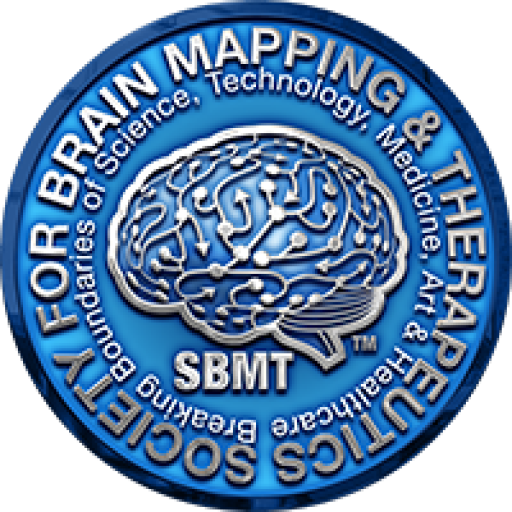
Alzheimer’s disease is undoubtedly a complex condition. Scientists still aren’t quite sure how it starts and there is no cure for it. But the processes that cause it to worsen, which include the formation of plaques and inflammation, may be possible to reverse, according to a new study. Researchers from Cedars Sinai Medical Center in Los Angeles have found that a protein associated with high blood pressure may be able to induce an immune response against Alzheimer’s.
Somewhere along the line of Alzheimer’s development, peptide amino acids called amyloid-beta begin to form plaques in the brain. These plaques build up in the space between nerve cells and inside blood vessels, blocking communication, and depleting a person’s memory. The condition worsens when the immune system tries to fight off the plaques, and ends up causing inflammation. For the new study, researchers show how an enzyme, angiotensin-converting enzyme (ACE), which normally causes blood vessels to tighten, may also break down amyloid plaques, subsequently preventing inflammation among other Alzheimer’s-related problems.
To test the effects of ACE on the amyloid plaque-ridden brain, the researchers genetically engineered some lab mice to produce extra ACE in some immune cells, like macrophages and microglia. Meanwhile, other mice were engineered to have amyloid plaques and Alzheimer’s symptoms. The offspring of these mice, when tested, performed similarly to normal mice in learning performance and memory tests, according to the surprised scientists.
“We were absolutely astonished by the lack of Alzheimer’s related pathology in the crossed mice … At first we thought we had a genotyping error in identifying these mice as carriers of the aggressive familial Alzheimer’s mutations. But we verified their genotypes and ran the experiments again and again, and confirmed the same findings,” said Dr. Maya Koronyo-Hamaoui, assistant professor of neurosurgery in the Department of Neurosurgery and Department of Medical Sciences, in a statement. Having an abundance of ACE in these key immune cells led to a “near-complete prevention” of cognitive decline, which the researchers proved was caused by ACE when they administered ACE inhibitors — drugs used for people with high blood pressure — on the mice.
Although the researchers weren’t quite sure about the exact mechanism by which ACE cleared amyloid plaques from blood vessels, “the enzyme has been found to break down longer amyloid peptides into shorter fragments that can more readily be ‘washed away’ or cleared from the system,” Koronyo-Hamaoui told Medical Daily in an email. Still, the researchers don’t necessarily plan on increasing ACE levels in humans. Instead, the most informative finding from the study “is the effectiveness of combining an approach to enhance the immune response with that of delivering inflammatory cells to enzymatically destroy beta-amyloid,” they wrote.
Alzheimer’s disease affects an estimated 5.1 million Americans. It usually begins to set in sometime around 60 years old, and slowly eats away at a person’s ability to recall, think, and carry out even the simplest tasks. Amyloid plaques are only one characteristic of the disease — other features include neurofibrillary tangles made of the protein, tau, and a loss of connections between nerve cells. Understanding the interplay between each one of these features and how they contribute to Alzheimer’s is what makes the affliction so complex.
Source: Bernstein K, Koronyo Y, Salumbides B, et al. Angiotensin-converting enzyme over expression in myelomonocytes prevents Alzheimer’s-like cognitive decline. The Journal of Clinical Investigation. 2014.




